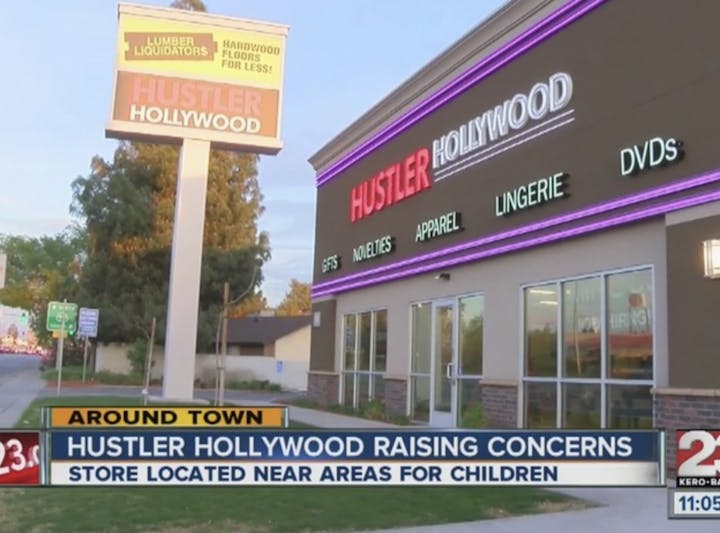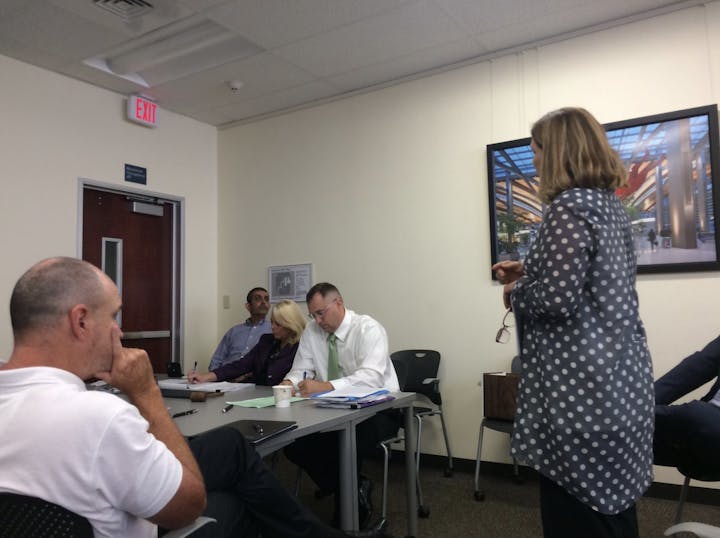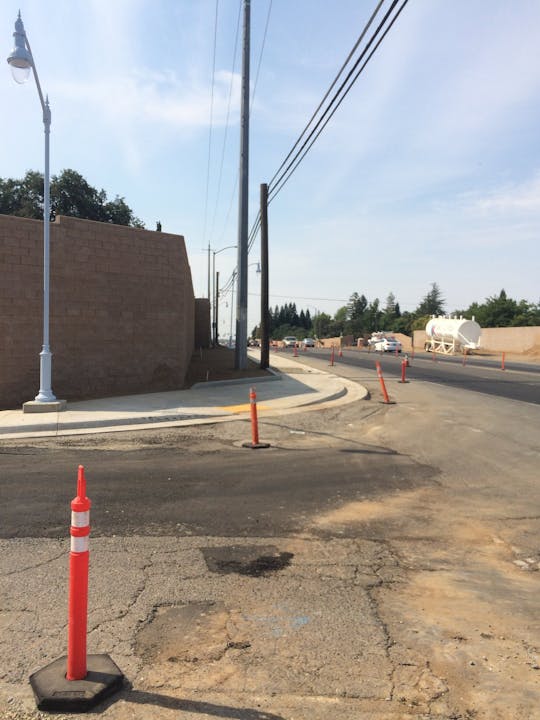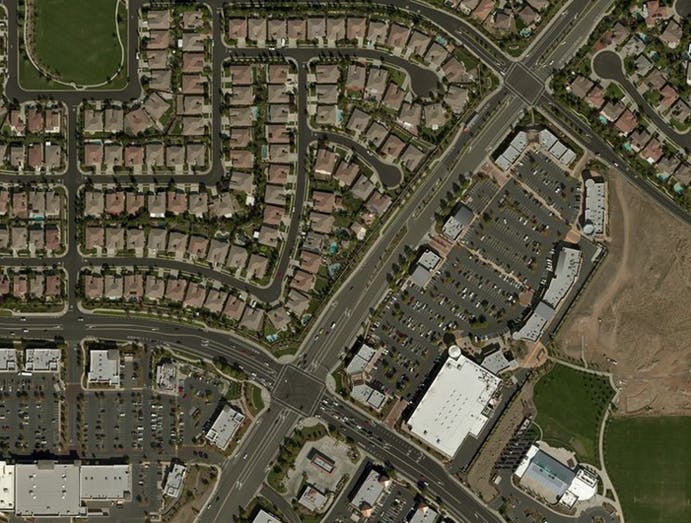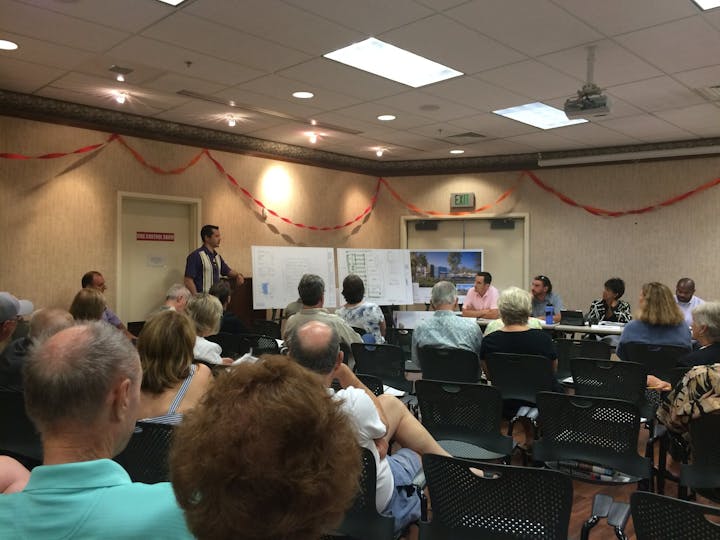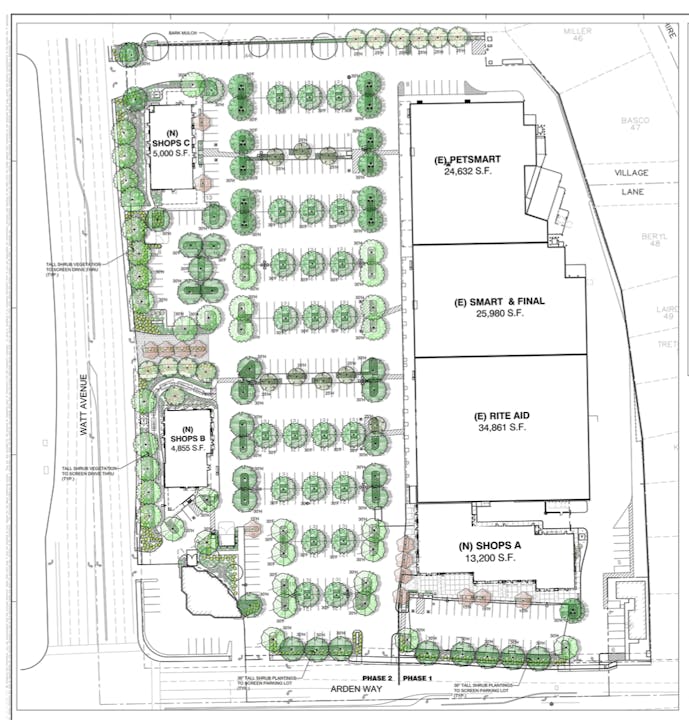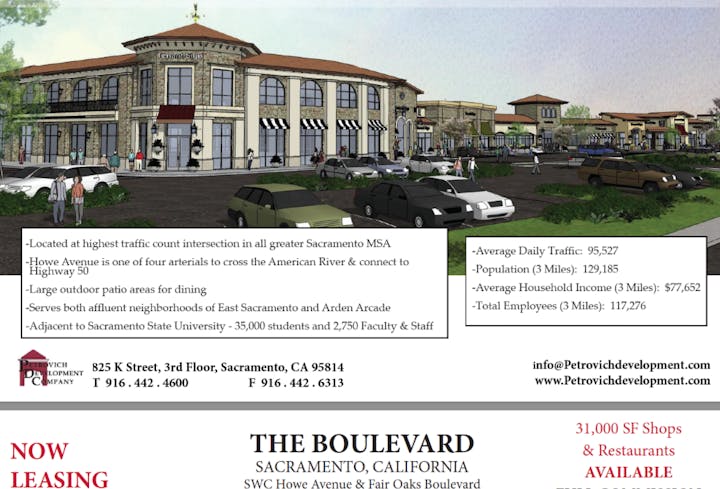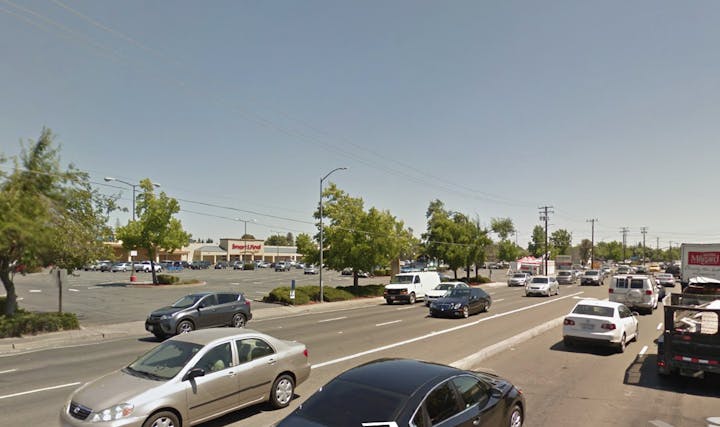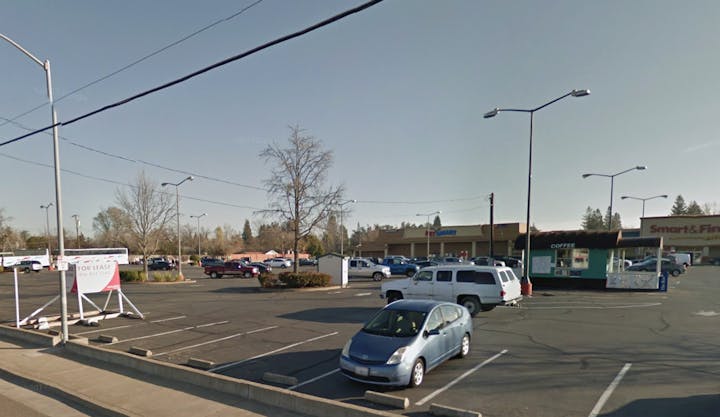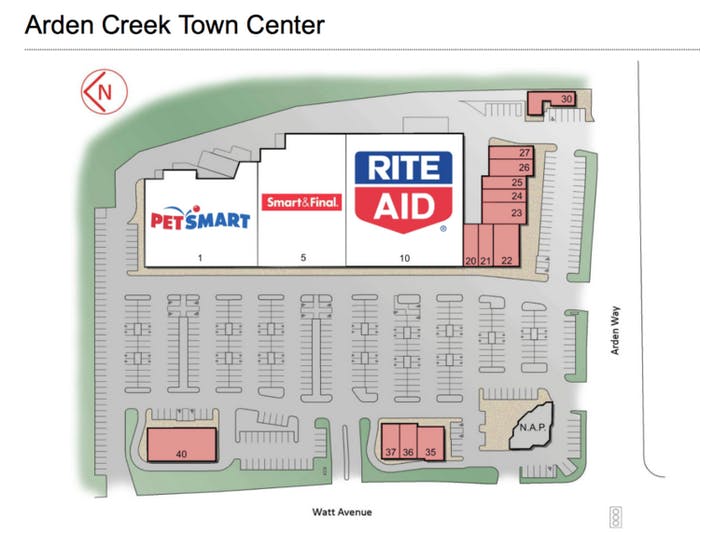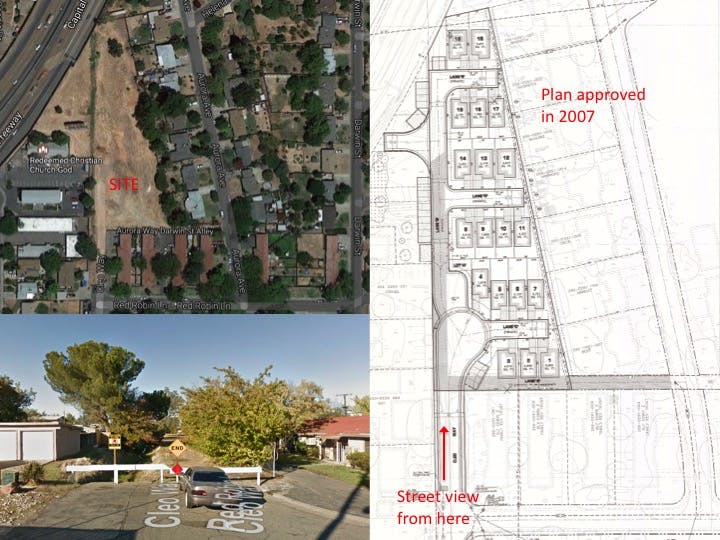Development Projects
Since Sacramento County is our community's municipal services provider, the County is responsible for all land use decisions in the community. Here's how the process is supposed to work:
- The County adopts an overall General Plan, with a specific plan for Arden Arcade and revises it from time to time as circumstances warrant.
- The County adopts ordinances for the implementation of the General Plan.
- Development projects requiring discretionary approval (example: a project that is permitted as a conditional use within a land use zone, such as a business/professional office in a zone intended for commercial retail sales) are proposed to the County for determination of conformance to the General Plan and implementing ordinances and establishment of conditions by which the proposal may be allowed. Projects are first presented to the public at a meeting of the Arden Arcade Community Planning Advisory Council (CPAC) to ascertain community sentimentProjects are referred to the County Planning Commission for approval, conveying the CPAC's findings as to public inputDecisions of the Planing Commission can be appealed to the Board of Supervisors
- Projects that conform to the General Plan and implementing ordinances are approved.
- Ministerial projects, which conform to the plan and its ordinances in every way (example: a single family house in a residential area intended for single family houses) as well as the development standards for the land use zone (examples: front, rear and side yard setbacks, height limits) bypass the approvals process and proceed directly to the County Building Department for a building permit
Here is how the process actually works:
- The County fails to keep the Community Plan current, to the point where present-day circumstances in the community are quite different from the circumstances in play at the time the plan was adopted
- The Zoning Ordinance is so loose that just about any kind of project can be approved for almost any location
- Development projects are cleared with staff, usually based on the desires of the affected Supervisor
- The few projects that are sent to the CPAC are, effectively, done deals, such that public input is inconsequential
- The Planning Commission - consisting of appointees from each Supervisorial District - hears long-winded staff and developer testimony in favor of the project and requires members of the public to confine its concerns to 2 minutes each. The Commission is not bound to heed the advice of the CPAC. The majority of Planning Commission members (4 of 5) are typically unaware of the project's location and setting; on occasion, neither is the member appointed by the affected Supervisor. As a result, projects are almost always approved as proposed by the developer.
- Appeals to the Board of Supervisors by the impacted public are stymied by the requirement that the public has to pay steep fees to have the project heard by the Board. The Board approves the project anyway.
The County routinely ignores or skirts around requirements of state planning laws. Enforcement of state planning laws depends on citizen suits, which are dreadfully expensive and generally doomed to failure. Developers typically have relationships with expensive attorneys and the wherewithall to withstand lawsuits, whereas ad hoc citizen groups almost always have difficulty raising money and finding a lawyer. Further, challenges to projects approved in defiance of state laws are inevitably heard by judges who have little or no interest in this area of law. Citizen suits are routinely dismissed as NIMBY (not in my backyard) whining.
On very rare occasions, projects are modified so as to create a "win-win" for all concerned. Across the arc of time, most project approvals create winners (developers) and losers (the public) in compliance with the wishes and dreams of the developer and without regard to the losses that may be suffered by others in the community. Still, unless citizens "play the game" by responding to invitations for public review and comment at the staff, CPAC, Planning Commission and Board of Supervisor levels, the results could be even worse.
Every now and then there are development projects that don't flow through the County, such as a federal project (levees or the federal building), a state project (like a highway) or a project for which the lead agency is another local government - an adjacent city's project (e.g. City of Sacramento homeless shelters on our community's boundary) or a school district project. We'll cover those projects within these pages, too.


